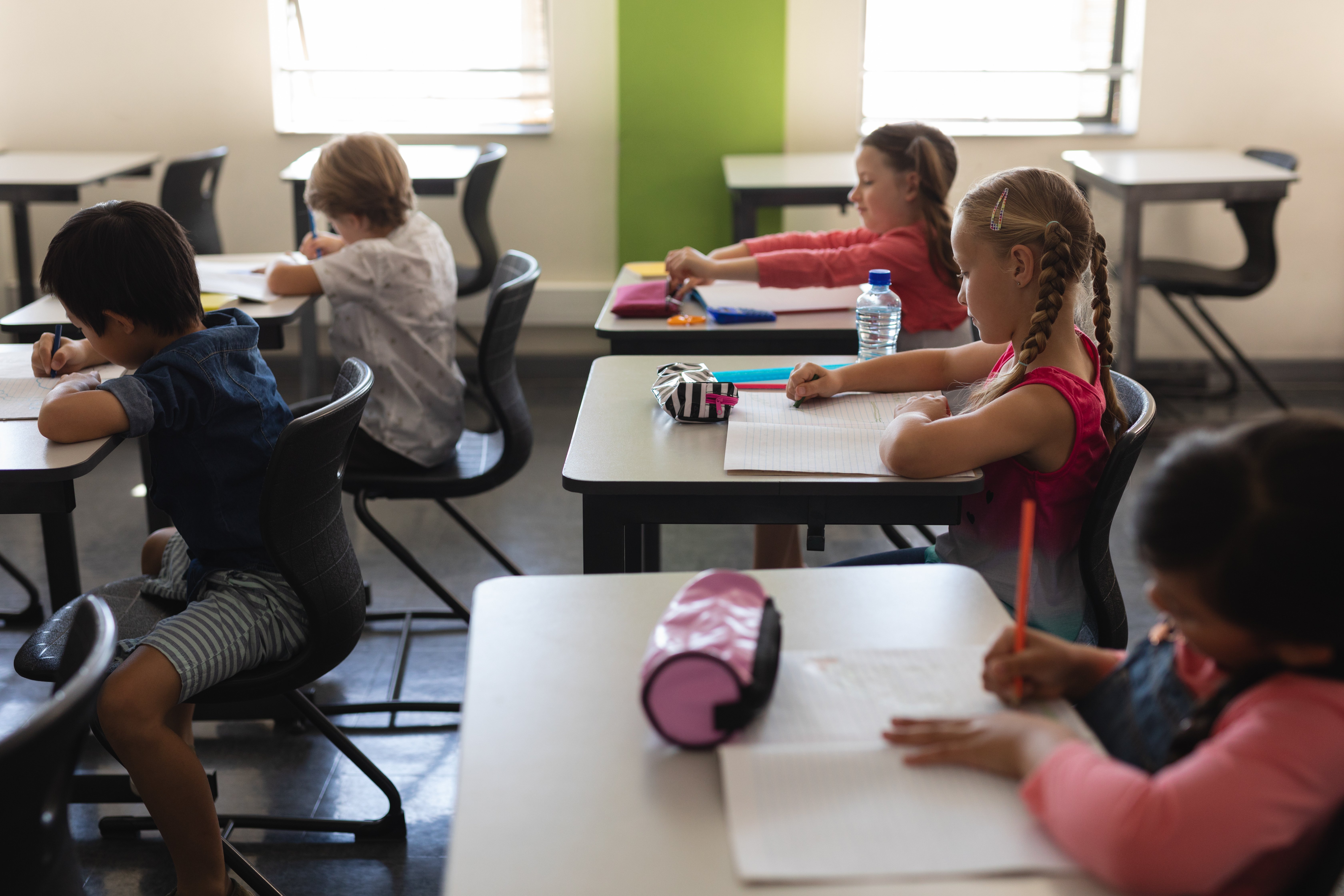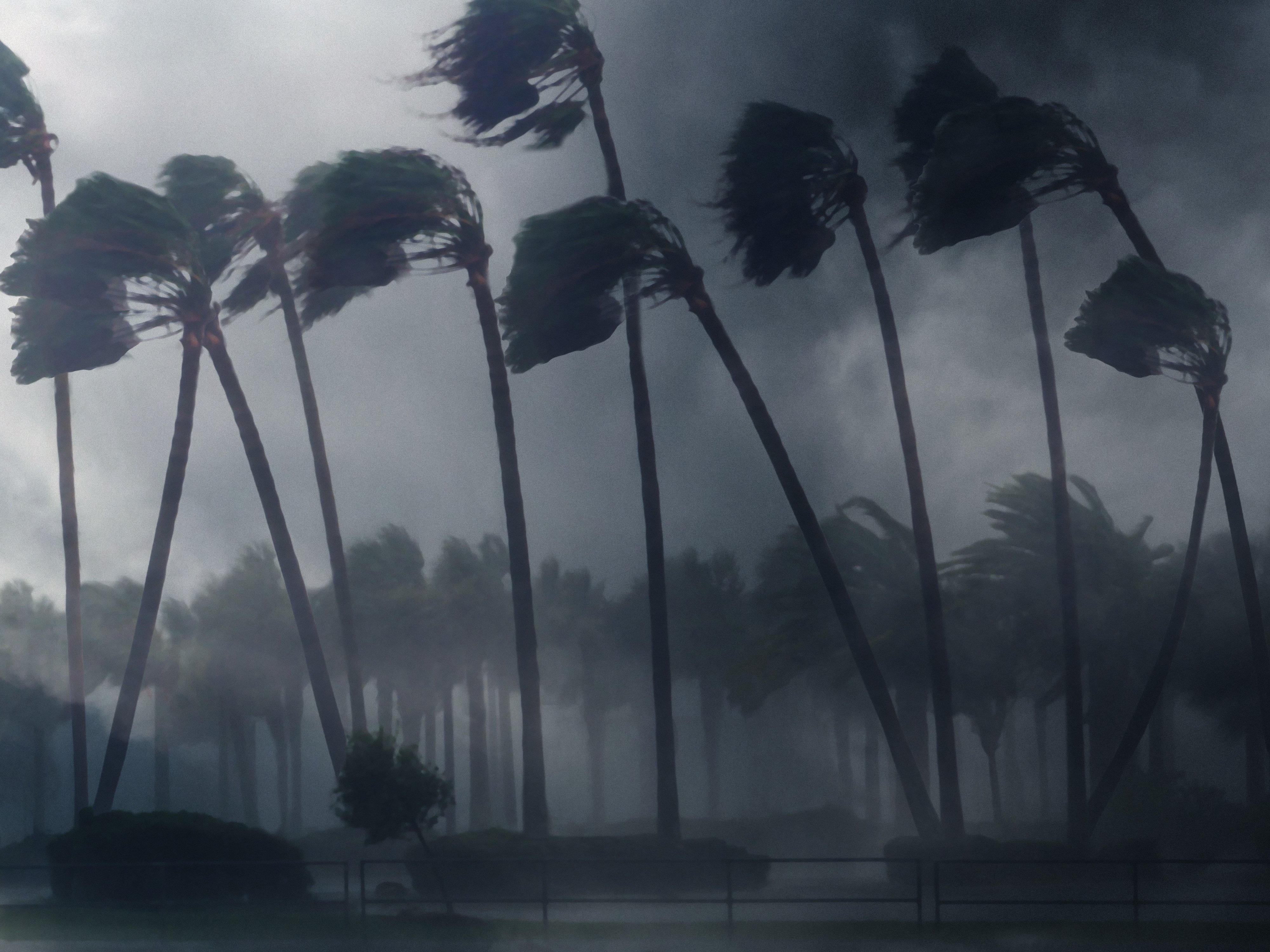As schools across the country gear up for the new academic year, one crucial step in ensuring the safety and security of students and staff is the assessment of vulnerabilities. This process, while often overlooked, forms the foundation of a robust school safety program. In this blog, we’ll delve into the key components of assessing vulnerabilities within your school, guided by the principles discussed in our recent podcast.
The Importance of Policies
The first and most critical step in assessing vulnerabilities is evaluating your policies. Policies are the backbone of any safety program, providing the framework within which all safety measures are implemented. The effectiveness of these policies depends on their enforceability and relevance to the current school environment.
To start, ask yourself: Do our policies drive the actions we need? Are they enforceable and holding individuals accountable? If the answer is no, then it’s time to re-evaluate and possibly create new policies that better support your safety efforts. Remember, a well-constructed policy ensures that your systems and processes work harmoniously, guiding your people to act effectively in any situation.
The Three Pillars: Policies, People, Systems and Processes
Once your policies are solidified, the next step is to assess the three pillars of your safety program: People, Systems and Processes. Each of these elements plays a critical role in maintaining a secure environment.
- People: Your team’s understanding of the policies and their ability to execute them during a crisis is critical. Regular training and drills are essential to keep everyone prepared and aware of their roles in an emergency.
- Systems and Processes: This involves evaluating the physical security measures in place and processes to ensure everything and everyone is functioning as expected: such as cameras, access controls, communication systems, training, drills, exercises, and improvements. Are these systems up-to-date and functioning as intended? Are there gaps that need to be filled to enhance security?
- Policies: The procedures and guidelines that direct your team’s actions must be scrutinized. These policies dictate how your people and systems operate, ensuring that every response during an emergency is coordinated and effective. Regular reviews and updates are necessary to keep these policies relevant and enforceable.
Types of Assessments
When assessing vulnerabilities, it’s important to differentiate between the types of assessments needed. While there are many assessments we should be doing regularly, here are a few key assessments:
- Security Assessment: This focuses on the physical security of the building, including access points, surveillance systems, and overall infrastructure. The aim is to ensure that unauthorized individuals cannot gain entry and that early warning systems are effective.
- Safety Assessment: While similar to a security assessment, this focuses more on the procedures and readiness of your team to respond to emergencies. It’s about how well-prepared your staff and students are to handle crises like fires, lockdowns, or natural disasters.
- Policy Assessment: As discussed earlier, this involves regularly reviewing your policies to ensure they remain relevant, enforceable, and are constantly improving.
- Threat Behavior Assessment: This is an ongoing process that involves monitoring and identifying potential threats based on behavior patterns. This type of assessment is crucial for early intervention and prevention.
- After Action Reviews: After any drill, false alarm, or actual event, conducting an after-action review is essential. This review helps identify what went well, what didn’t, and what can be improved in future responses.
Continuous Improvement
The process of assessing vulnerabilities is not a one-time task but an ongoing effort. Safety is cyclical, meaning it continuously evolves as new challenges arise and as technology advances. Regularly updating policies, training staff, and upgrading systems are all part of maintaining a safe school environment.
In conclusion, assessing vulnerabilities within your school is a comprehensive process that requires careful planning, regular evaluation, and a commitment to continuous improvement. By focusing on policies, people, systems, and processes, and by conducting thorough assessments, you can build a safer environment for everyone in your school community.












No Comments Yet
Let us know what you think